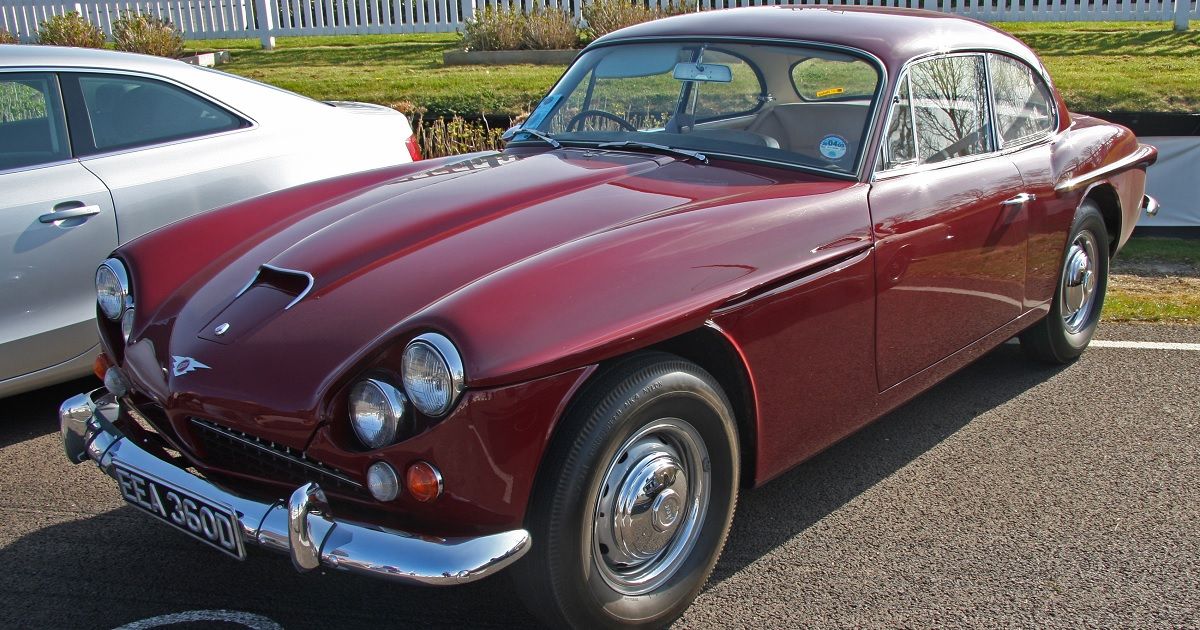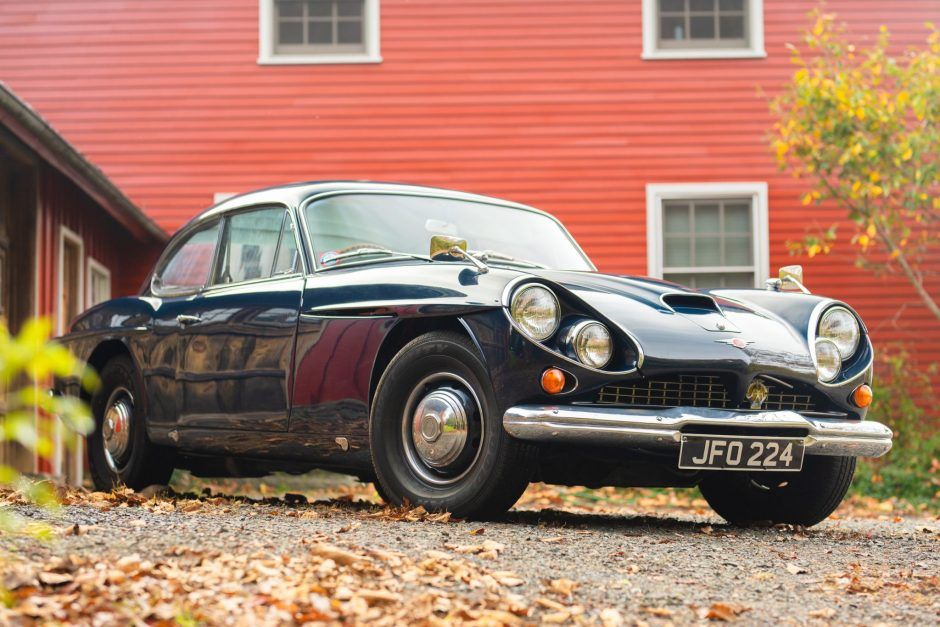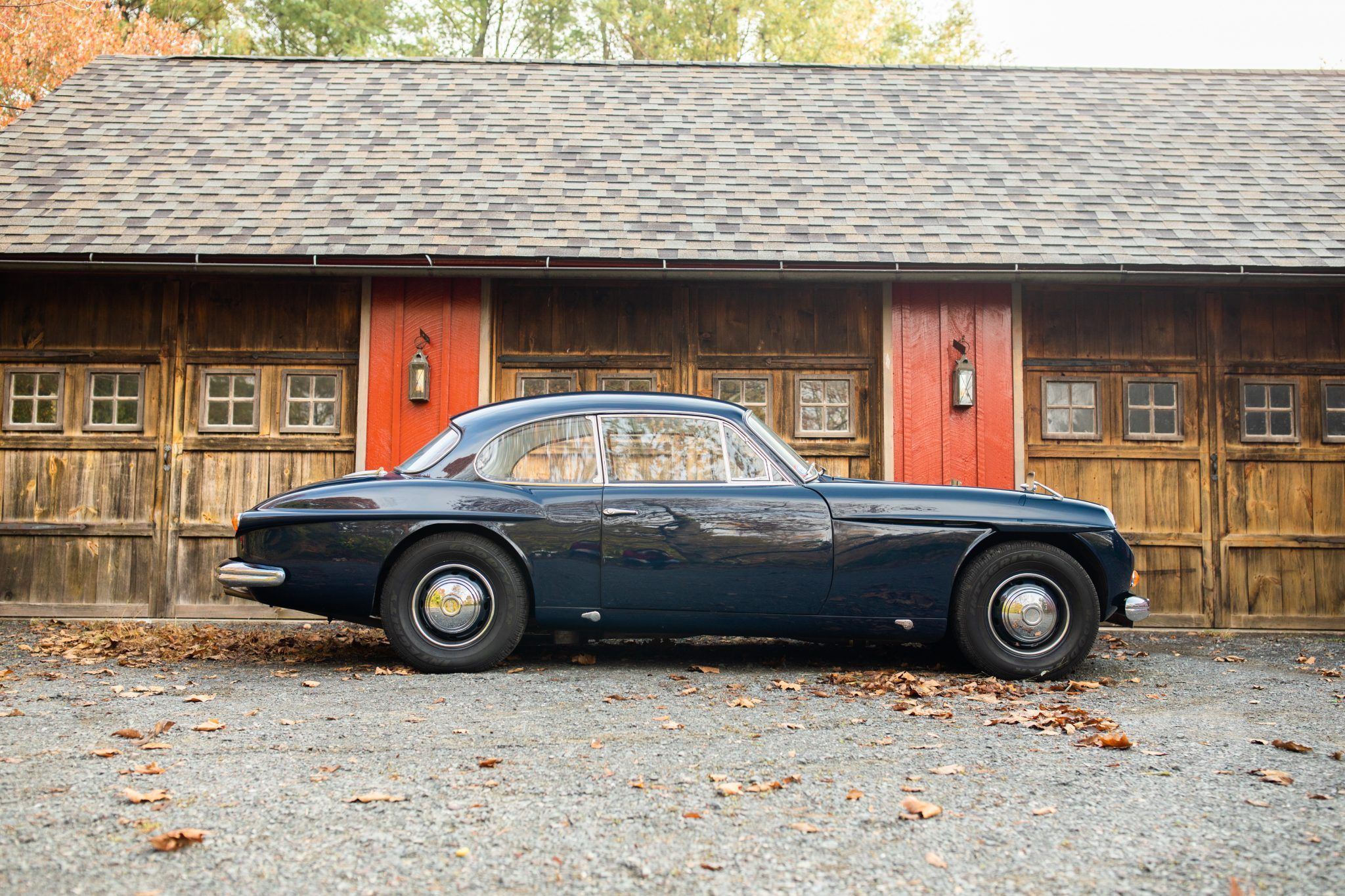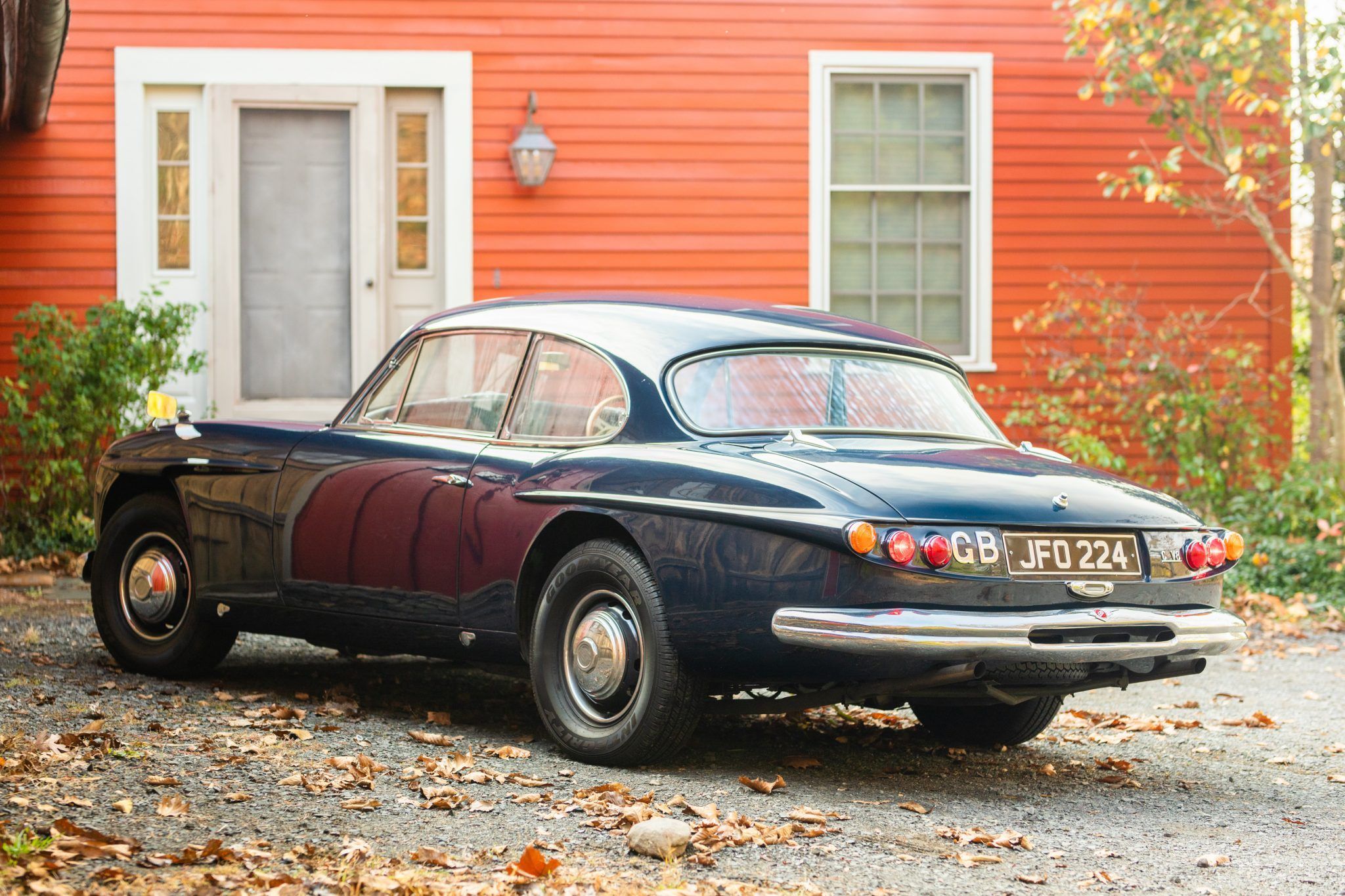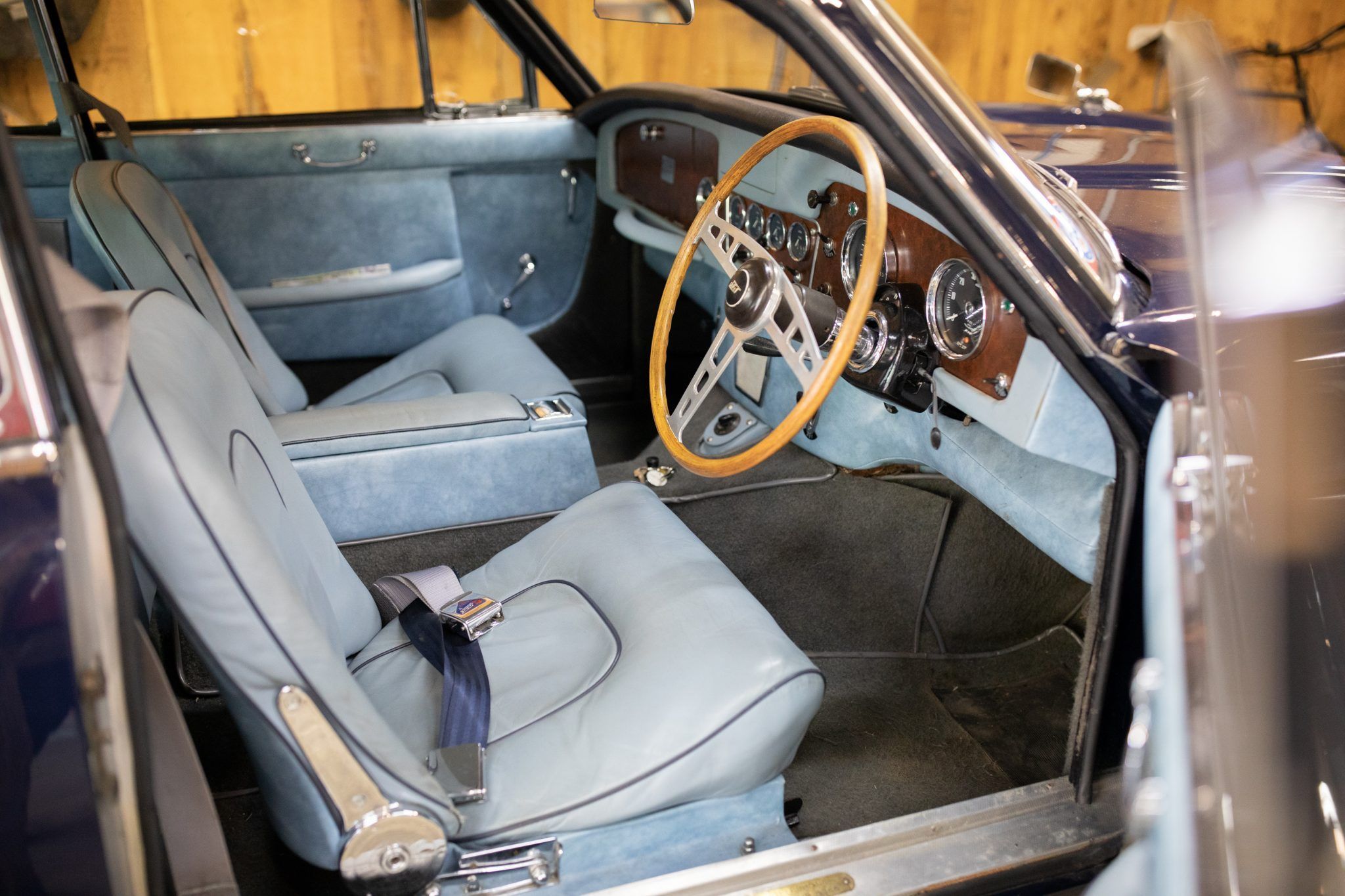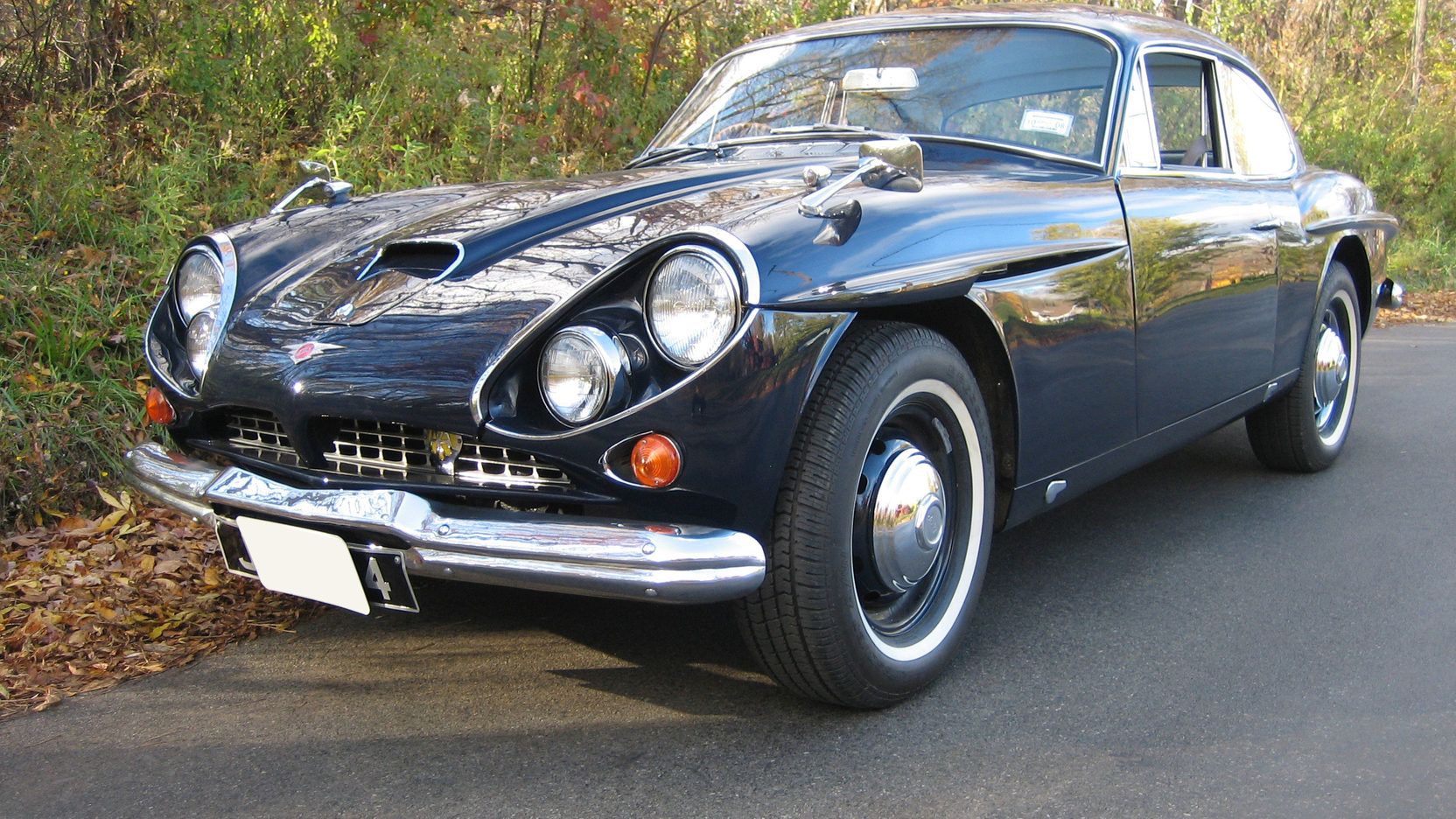Defunct in the '70s, though seeing a brief return to the market during the 2000s, Jensen Motors was a small and rather obscure British carmaker known for their quirky yet cool sports cars. Among those, one Jensen that stands out as the most famous is their Interceptor, debuting in the mid-'60s as a unique combination of British sophistication and proper American V8 muscle. While the Euro-Muscle Jensen Interceptor is fairly well known, one of their cars that came before it had a very similar formula but ended up mostly forgotten - the C-V8.
Starting production after WWII, Jensen developed a line of small fiberglass-bodied sports cars, starting with the original Interceptor of the '50s, then evolving through to the early '60s with models like the 541. That traditional sports car lineage reached a new level in 1962, turning the fun but not crazy powerful 541S into the C-V8 as an absolute monster with American V8 power, setting the pace for that later Interceptor's creation. Proving itself as one of the fastest cars on the market during the early '60s, the C-V8 is an obscure and quirky monster of a grand touring sports car.
An Obscure But Illustrious History
While not the most well-known British brand, Jensen Motors was a historic marque with heritage to their name. Founded by Alan and Richard Jensen, the brothers started off designing custom bodies for Austin cars, then worked for, and subsequently took over the body-making business of W.J Smith & Sons after the owner's death in 1936 - changing the company name to Jensen Motors. Focusing on coach-built cars, Jensen would put themselves on the map in 1939 with an innovative truck but saw production halted due to WWII breaking out. Launching their first original car for production in 1946, the Jensen PW debuted as a luxury sedan but was followed up in 1950 with their first sports car - the Interceptor.
Based mostly on Austin components, including the inline-6 engine, the Interceptor would evolve into the 541 for 1954, lowering weight with a fiberglass body, then was followed up by the 541R as a slight evolution with the same inline-6 engine making around 150 hp. But the following 541S would briefly test using an American V8 in its place, and for 1962 the 541 line was replaced by the C-V8, turning this idea into reality.
Debuting at the '62 Earls Court Motor Show, the C-V8 hit the scene with styling by Eric Neale, who had similarly designed the 541, and took the sporty yet luxurious Grand Touring purpose to a new level of performance, but more on that later. Mostly a gorgeous and sleek car, the controversial looks of the C-V8 stemmed from its headlights, as the original covers that would have made things sleeker were ditched due to visibility concerns.
British Sportiness Meets American Muscle
Continuing the overall style of the 541S, the C-V8 evolved the little sports car significantly, lightening and strengthening the chassis with a tube frame while keeping the wheelbase the same size of 105". Built using a variety of materials, the C-V8's body was made of fiberglass, while its doors were aluminum, and the floor was sheet metal. Front engine, RWD; the C-V8 used a classic layout but at the time packed much tech and construction that would put it ahead of its time—equipped with rack and pinion steering, 4-way disc brakes, a Positrac differential, and many more features.
Perhaps the part that was the most ahead of its time, though, the C-V8 used Armstrong Selectaride electronically adjustable dampers - though being the '60s, they weren't all that reliable and connected to simple leaf springs in the rear. The first British car to use an alternator, though, the C-V8 offered many great bits of sophistication for its era.
But the coolest and most important part of the C-V8's story is its engine, and that American powerplant was sourced from Chrysler, namely being the 361 cu-in Golden Commando V8 also found in cars like the 1st generation Dodge Charger that would come out four years later. Making a whopping 305 hp and 395 lb-ft of torque, the C-V8 would double the 541's power and was an insane rocket with its 3,500 lb weight and sleek sports car design. Offered with only a 3-speed auto, Chrysler's TorqueFlite 3-speed auto transmission came as an option, and later C-V8s had a 4-speed manual option. Regardless, the C-V8 was seriously fast for '62, hitting 0-60 mph in 6.7 seconds and roaring on to a top speed of 132 mph. This performance, though would only get better.
More Muscle, More MKs
With those previous 305 hp specs being specific to the MKI C-V8, as time passed, improvements were made, and the car got even faster. Built as the MKI for '62 and '63, the MKII came out in late 1963, carrying with it an even bigger V8. Now a 383 cu-in Golden Commando, the C-V8 MKII made 330 hp and 425 lb-ft of torque, outclassing the 1963 Jaguar E-Type's 255 hp significantly, though weighing several hundred lbs more.
Dropping the 0-60 time down to 6.3 seconds and top speed up to 139 mph, the C-V8 was the fastest 4-seater Autocar magazine had tested up until that point. Other small changes were brought to the MKII's body, but overall this power jump was the most significant evolution. Debuting in 1965, the C-V8 MKIII kept performance and most mechanical specs the same but was the first C-V8 to offer the 4-speed manual transmission, as well as including small styling tweaks and a new, more advanced braking system.
The Jensen C-V8 Was As Luxurious As It Was Fast
As sporty and brutally powerful a car as it was for the time, Jensen also had a focus on the more luxurious coach-built side of things, and with the C-V8 being a grand tourer, this carried over well to the interior. With leather upholstered seats that reclined on the MKII, the C-V8's cockpit was a fabulous place to sit, with a sumptuous classic luxury style that included the suede trim, real wood on the dashboard, thick carpeting, and many handmade, well-designed elements like the steering wheel and center console making it special.
Further features included standard seatbelts - a serious rarity for the time, a transistor radio, adjustable speed wipers - also rare for the '60s, as well as some beautifully old-school analog gauges. A grand tourer with a big trunk, the C-V8 was fairly practical, but with the thirsty unrestrained V8 inside, it only got between 10-12 mpg.
Price And Collectability Of The Jensen C-V8
A super fast luxury sports car when new, the C-V8 stands out as an incredible car, but saw no real success in production. Whether that's due to the polarizing looks is one question, but the reality is only 499 C-V8s were sold in total, consisting of 68 MKIs, 250 MKIIs, and 181 MKIIIs, seeing its production end in 1966.
Carrying an original price of £3,800 in 1962, the C-V8 would have cost the equivalent of $115,000 today. By 1966, a C-V8 sold for £3,700, or around $98,000 today. An obscure and rare classic today, while they can be hard to find for sale or auction, a C-V8 can sell for around $27,000 in need of work or around $96,000 in mint shape, according to Hagerty.

